Sosoji Temple, a must-see tourist attraction on the Noto Peninsula, is a historic temple that was built during the Kamakura Period, serving as the central Dojo (a hall for immersive learning or meditation) of the Soto sect of Buddhism. With an area of about 20,000 tsubo (about 66,000 square meters), there are many temple buildings within the grounds, and we recommend going here in either the cherry blossom season or the falling leaves season.
About Sojiji Temple
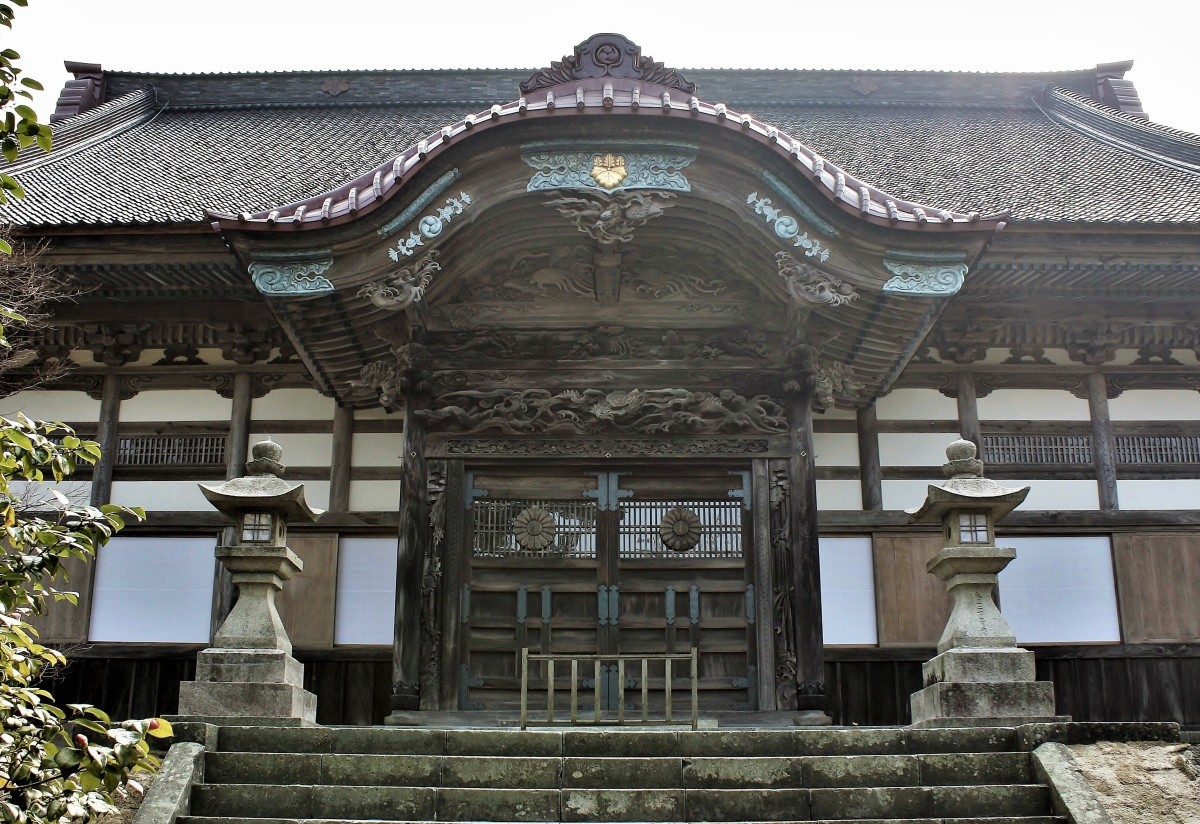
Sojiji Temple was founded by Keizen Jokin in the first year of the Genroku Era (1321). Since then, it has served as the central Dojo for the Soto sect, and there are now over 16,000 branch temples in Japan. In 1898 (Meiji 31st year), many buildings of the temple were destroyed by fire and the head temple was moved to Tsurumi in Yokohama in 1911 (Meiji 44th year); however, throughout Taisho and Showa Era, Sojiji Temple had been restored. There are many buildings and temples within the grounds, including the lecture hall, the temple gate, the main temple building, the scripture house, and the meditation hall, and many of them are recognized as tangible cultural properties. You can admire the changing beauty of the seasons here, with azaleas and cherry blossoms in the spring, fresh new leaves of early summer, and the changing leaves in the fall.
Also, just a 5 minute walk from the temple is the Zen no Sato Community Center, where for 310 yen you can learn about the history and practices of Sojiji Temple in an easy-to-understand way. They often hold special events there.
Highlights of Sojiji Temple

One highlight is the Sanmon Gate in the center of the temple. It is made completely from Japanese zelkova wood, about 17 meters in height, 14 meters in depth, 20 meters in width. You can feel how magnificent it had been when it was first completed. The second floor is dedicated to the Kannon Bodhisattva and the 500 disciples of the Buddha.
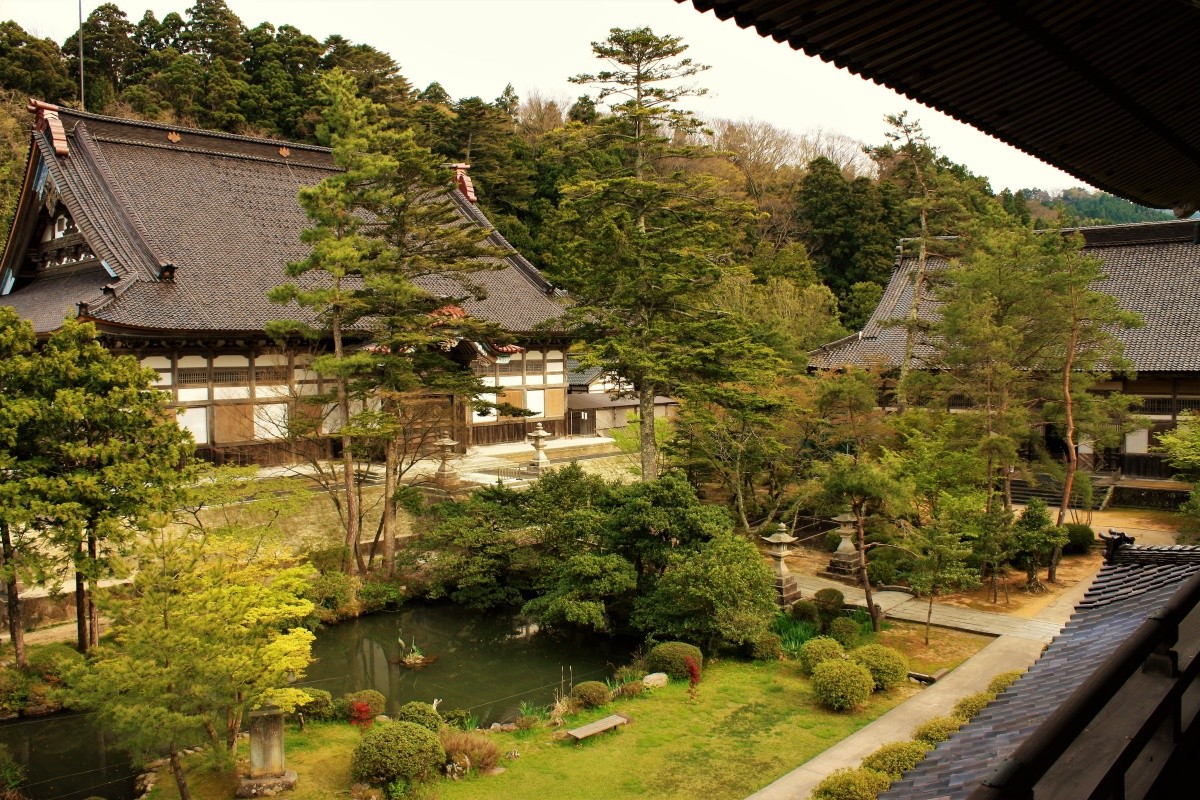
The main hall of the temple, which was completed in 1912, is also worth noticing. The sliding doors are painted with large calligraphy characters, separating the reception hall and the room opposite it. These doors were the creation of swordsman and politician Yamaoka Tesshu, from the end of the Edo Period and the Meiji Period.
Experiences at Sojiji Temple
In the "Zazen experience day trip", you can experience the proper meditation and seated meditation (Zazen) for yourself, for about 1000 yen per an hour session. You can also choose to stay over night at the temple (6500 yen for 1 night, 2 meals). You can also eat lunch at the temple, 2500 yen for just the main dishes, and 3500 for rice as well. Soup, sesame tofu, tempura, and either soba noodles or yuba (dried tofu skin) are provided. All the experiences are available in Japanese only, and reservations are required.
Access to Sojiji Temple
From Kanazawa Station
From Kanazawa Station west exit, take the Hokutetsu Oku Noto Bus Wajima Line for about 1 hour and 45 minutes. Get off at the "Ko no Ki" bus stop, change to the Hokutetsu Oku Noto Bus to Anamizu Monzen, get off at the "Monzen" bus stop, and walk about 10 minutes.
From Anamizu Station
From Anamizu Station, take the Hokutetsu Oku Nota Bus to Anamizu Monzen for about 45 minutes, get off at the "Monzen" bus stop, and walk about 10 minutes.
Spot Information
- Spot name: Sojiji Temple
- Street Adress: 1-18-1 Monzen-machi, Wajima-shi, Ishikawa Prefecture 〒927-2156
- Access: About a 10 minute walk from the "Monzen" bus stop
- Language: English pamphlet available
- Ticket: 400 yen
- Business Hours: 8:30-17:00
- Holidays: Open year round
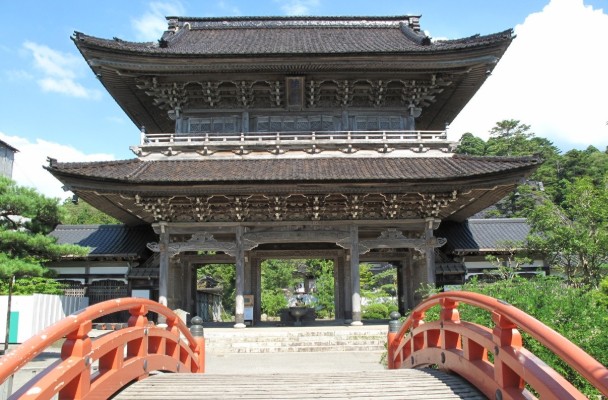

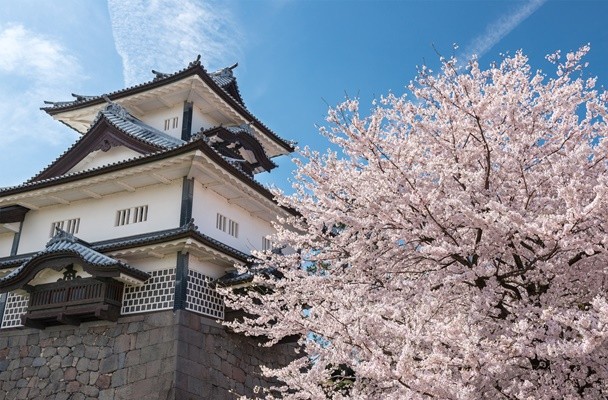
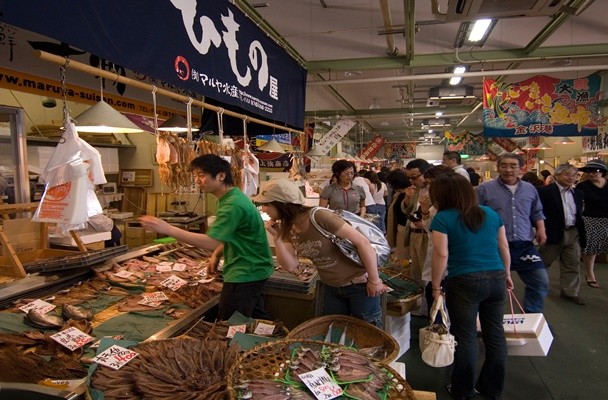
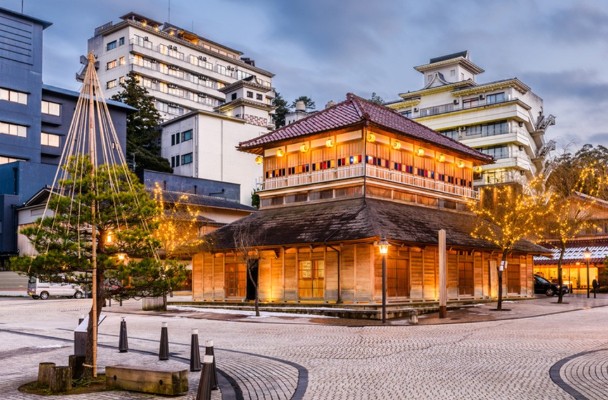
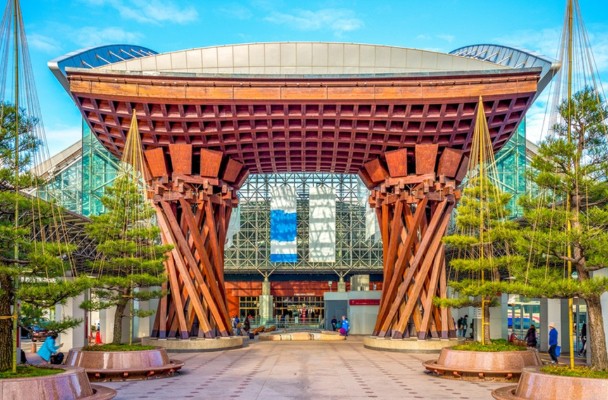
Comments